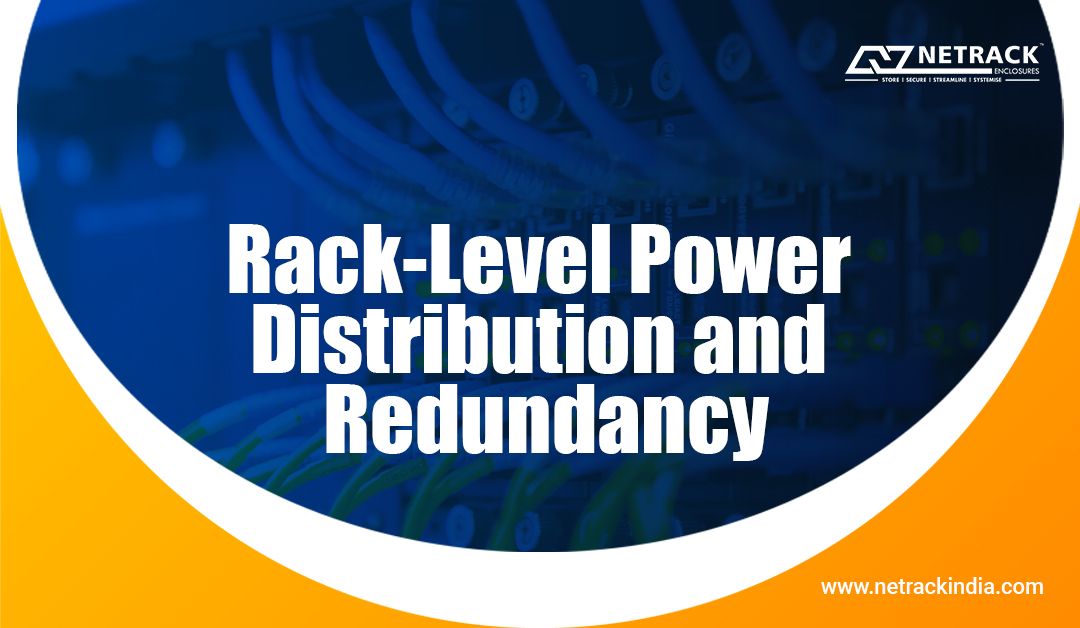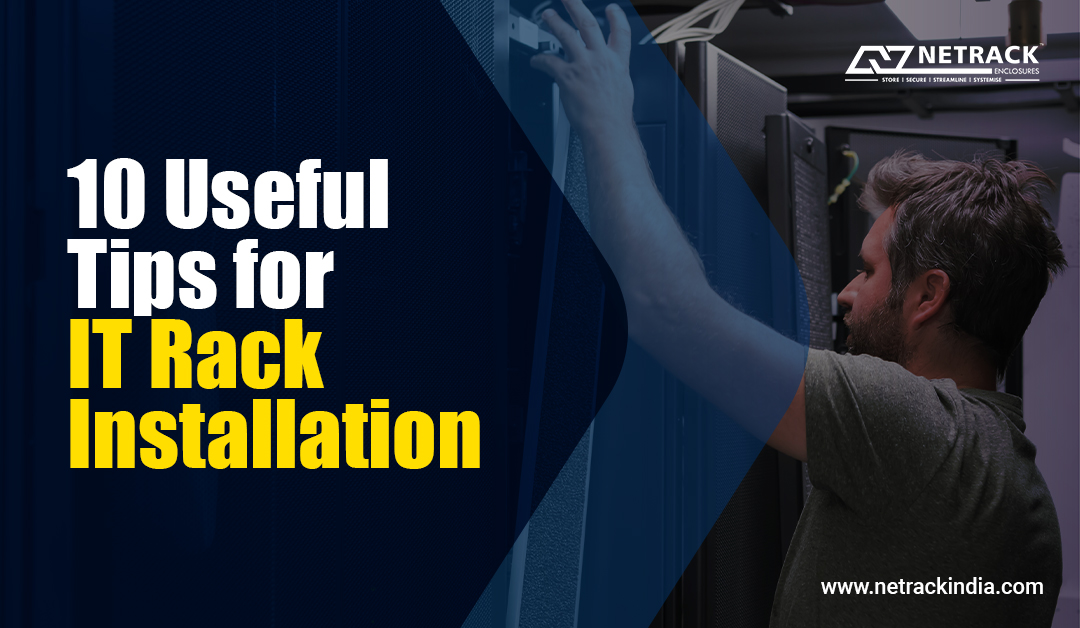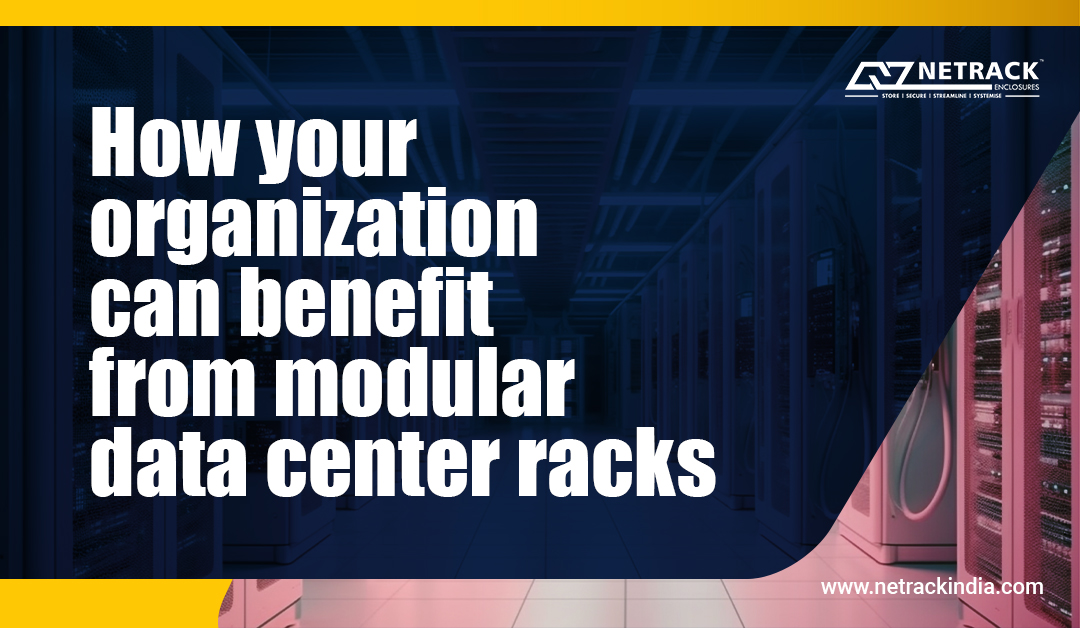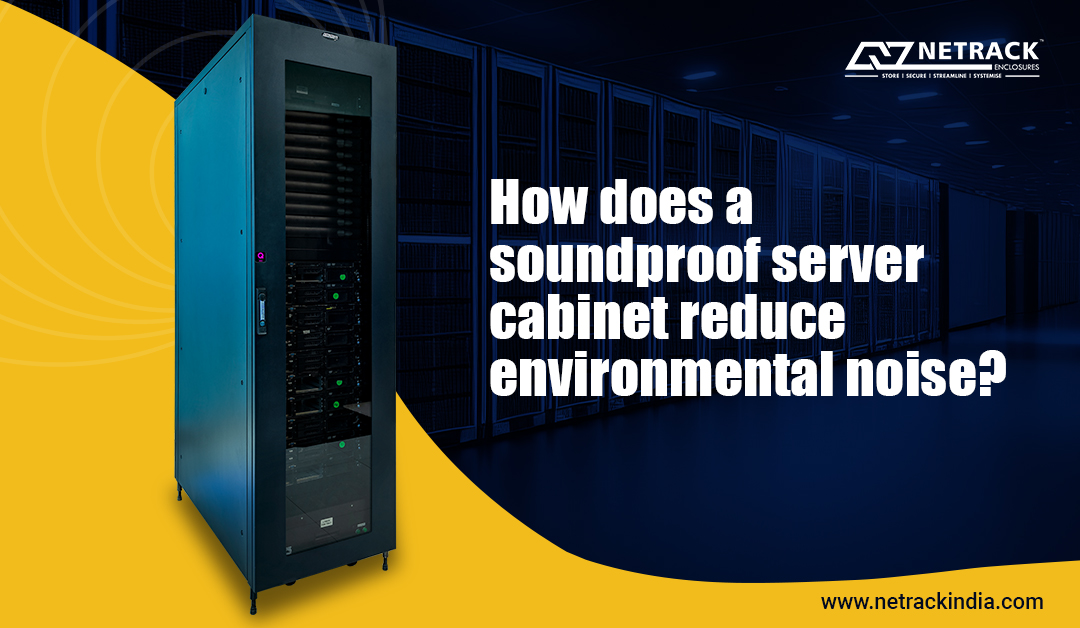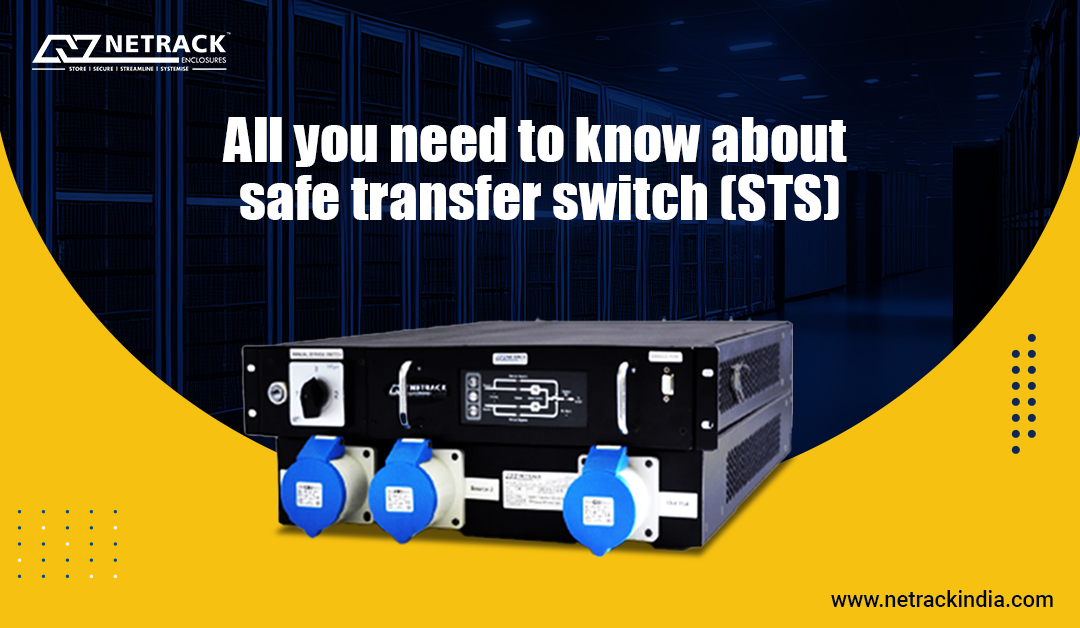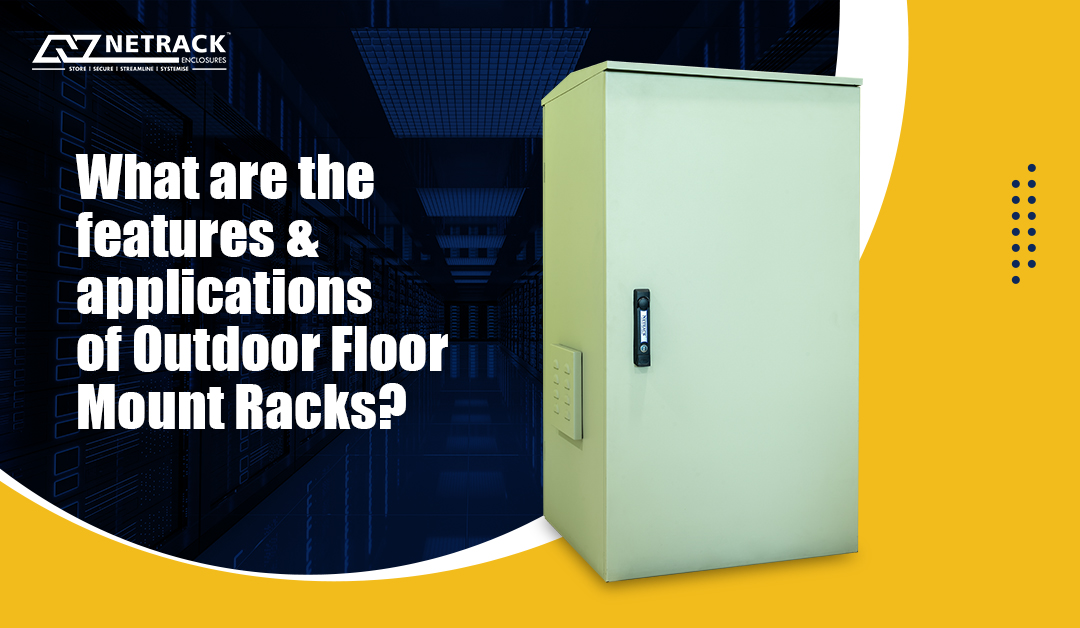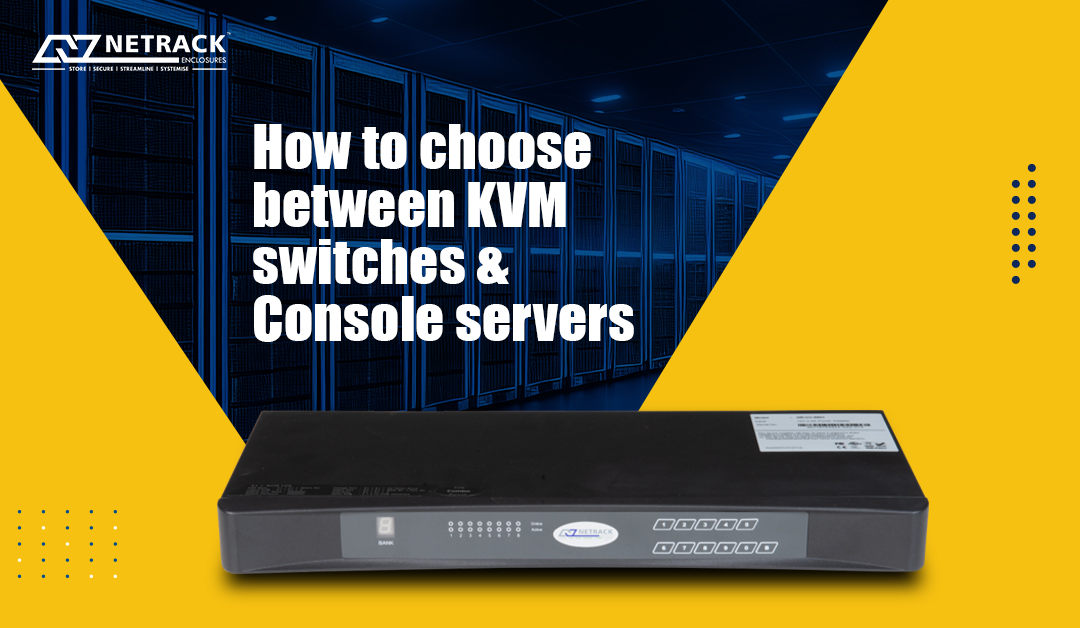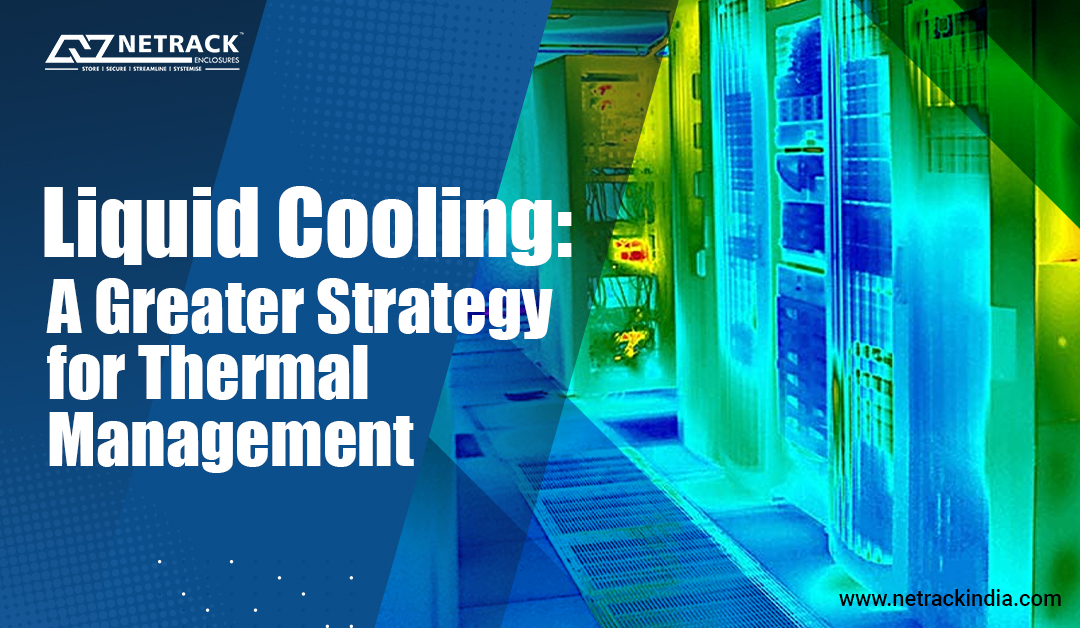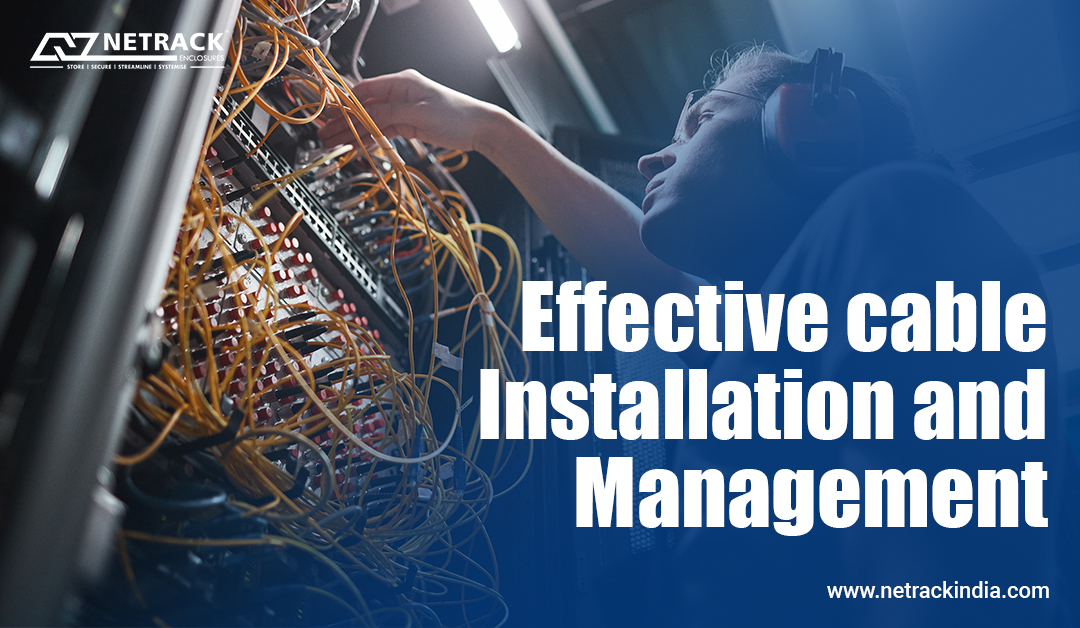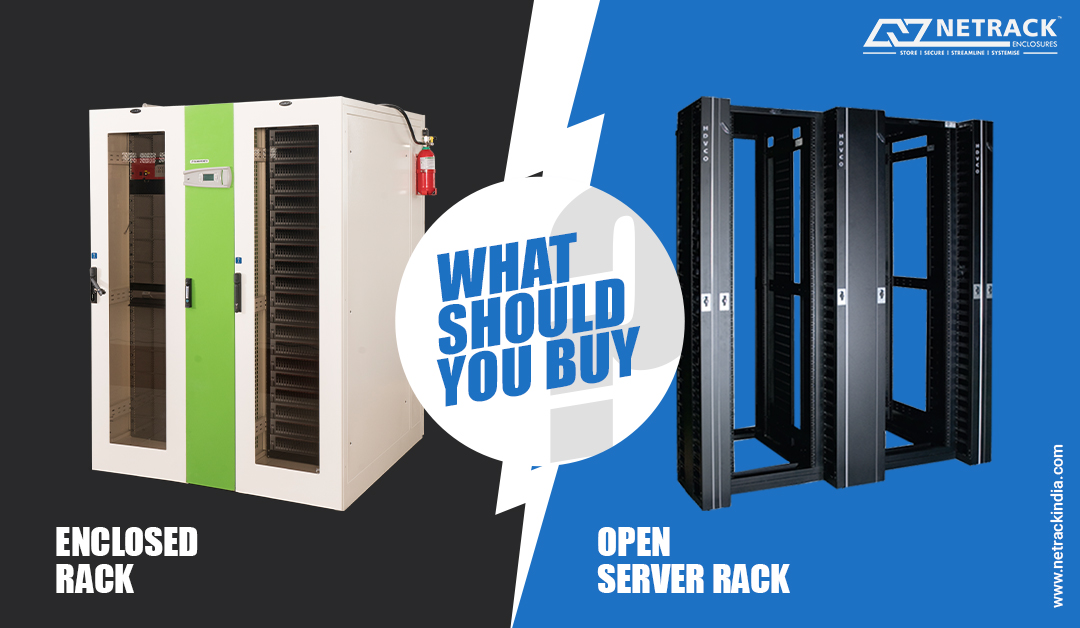Rack-Level Power Distribution and Redundancy
In the realm of data centers, maintaining an uninterrupted power supply is paramount. With the ever-increasing demands for data processing and storage, adopting robust power distribution and redundancy strategies is crucial. One of the critical components in achieving this goal is rack-level power distribution and redundancy. Why do you need a certified PDU? Power distribution units (PDUs) are the backbone of IT infrastructure, delivering reliable power to critical equipment in data centers and other IT Setups. Certified PDUs undergo rigorous testing and meet industry safety, quality, and efficiency standards. They are designed and manufactured with high-quality components, guaranteeing stable power distribution without fluctuations or surges that could potentially damage sensitive equipment. Reliable PDUs minimize the risk of power outages, equipment failures, and costly downtime. Hence, ensuring high-quality and certified PDUs is of utmost importance to ensure electrical systems' reliability and optimal performance. Any compromise on the quality of the PDU will lead to a compromise of the
Read More
